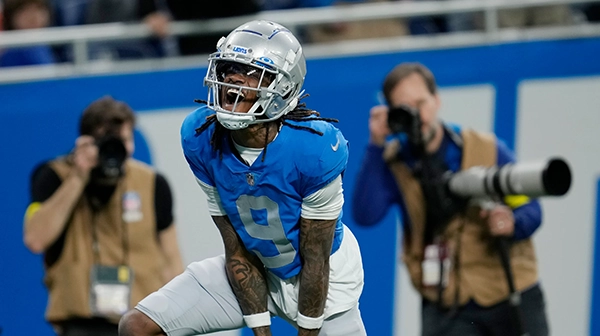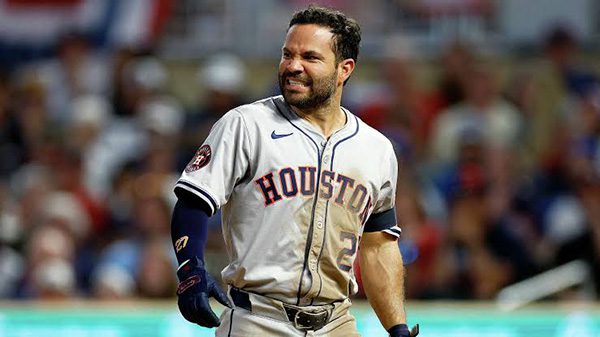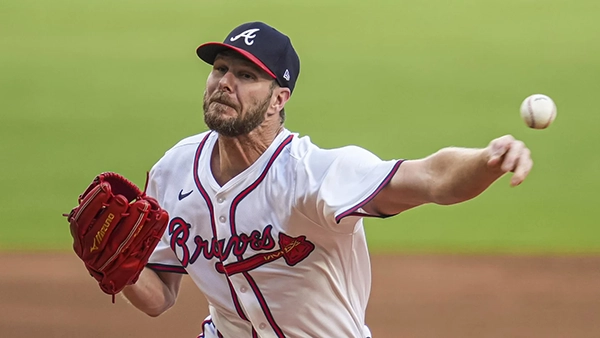Boxing Terms
by Scotty L of Predictem.com
Boxing has a colorful language all its own. The boxing lexicon is so replete with imagistic language that many of its words, lingo, jargon and expressions have become a part of regular English. The next time you wonder “What does (insert word here) in boxing mean?” You can find it here! Listed below, you’ll find some of the more common boxing terms you will hear if you watch and follow boxing.
BET ON BOXING MATCHES USING YOUR CREDIT CARD AT ONE OF THE WEB’S
OLDEST AND MOST TRUSTED BETTING SITES: BOVADA
Accidental Butt: When the heads of both fighters just so happen to collide during the course of a fight. No one is ruled responsible in such a case.
Alphabet Groups: Term used to describe the numerous boxing organizations (WBA, IBF, WBC, WBO) that govern the sport.
Bleeder: A fighter who is vulnerable to cuts.
Bob and Weave: When a fighter moves his upper body in an up-and-down motion, making him more difficult to time correctly.
Bolo Punch: A showy, sweeping punch that looks like a little like an uppercut. More of a showboating tactic.
Bout: Another word for a boxing match.
Brawler: An aggressive fighter who likes to fight on the inside.
Break: The moment when the fighters are separating from a clinch.
Buckle: When fighters legs give way, as in that punched buckled him.
Canvas: The floor in a boxing ring.
Card: The list of fights happening in a single boxing event.
Caught Cold: Term used to describe a fighter knocked out early in the fight who was not mentally prepared or warmed up properly.
Chief Second: The head trainer in charge of a fighters corner.
Clinch: When fighters hold each other.
Combination: A seamless sequence of consecutive punches.
Contender: A fighter in a position to perhaps challenge for a championship.
Corkscrew Punch: A punch thrown in a twisting motion, which often causes cuts.
Cornerman: One of several people who work in a fighters corner during a fight.
Counterpunch: Punch thrown in response to another fighters attack.
Covering Up: Defensive tactic where a fighter goes into a shell to thwart his opponents offensive.
Cross: Power punch thrown straight with the rear hand.
Cutman: Cornerman responsible for tending to swelling and cuts.
Dive: When a fighter purposely loses.
Eight Count: After a fighter is knocked down, the referee must complete a count of eight even if the opponent rises before that.
Enswell: Piece of cold metal that is pressed on swelling to prevent the eyes from closing.
Faded: Term used to describe a fighter past his peak powers.
Feint: When a fighter acts like hes going to punch but does not in order to get his opponent to react.
Flash knockdown: When a fighter is briefly knocked down, more as a result of a surprise or happenstance than being seriously hurt.
Fringe Contender: Low-rated contender on the cusp of the world rankings.
Gate: Total amount of money generated from ticket sales.
Gatekeeper: Term used to describe a fighter who is not a threat to be champion, but opponents can establish themselves as a legitimate contender by beating him.
Get Off: A fighters ability to get his offense untracked.
Glass Jaw: A trait of a fighter with questionable punch-resistance.
Go the Distance: Lasting for the complete scheduled duration of a fight.
Go to the Body: A strategy that centers on trying to deplete an opponents resolve by repeatedly punching to the body and not so much the head.
Go to the Cards: When the judges decide who won a fight that either went the distance or was stopped prematurely.
Governing Body: An organization that sanctions fights.
Haymaker: A wild punch intended to knock out the opponent.
Infighting: Close-range boxing.
Journeyman: A skilled fighter, while not necessarily a winning one. Used as opponents and to test up and coming boxers. They lack meaningful connections and take fights on short notice.
Kidney Punch: Illegal body punch thrown to the rear area of an opponents body.
Liver Shot: Legal punch when a left hook connects with the lower right side of an opponents body with devastating affect.
Low Blow: Punch deemed by the referee to be below the legal level.
Main Event: The most important fight on a card.
Mauler: An inside fighter who tries to prevail by smothering his opponents.
Majority Decision: When two judges agree a certain fighter won, while the third judge scores it as a draw.
Mouse: An isolated and protruding swelling on a fighters face.
Neutral Corner: One of two unoccupied corners in the ring and where fighters are sent after they knock down their opponents.
No-Decision: When a fight has no win-lose-draw result, usually from an early-rounds cut or an extenuating circumstance that does not allow a fight to finish.
On the Ropes: Term used to describe a fighter in a dangerous situation trapped with his back against the ropes in a boxing ring.
Orthodox: Describes a right-handed fighter.
Outside Fighter: Boxer that prefers operating from long-range.
Palooka: Term used to describe an aging, losing, or uncelebrated boxer.
Parry: Changing the trajectory of an opponents punch using the gloves to slap away the shot.
Paw: To meekly poke a jab out.
Play Possum: To act hurt in an effort to get an opponent to over-commit.
Plodder: A slow-footed fighter with no agility.
Point Deduction: When a foul or series of fouls warrant a one-point penalty, the equivalent of losing a round.
Pound-for-Pound: Term created to rank fighters based on excellence and not weight.
Punchers Chance: When an under-skilled, but hard-hitting fighter must rely solely on his punching power to win a fight.
Purse: The money a fighter earns for a given fight.
Queer Street: State of a fighter who does not have full control of his faculties after taking punishment.
Rabbit Punch: An illegal punch to the back of the head.
Ring Generalship: When a fighter is controlling and dictating the fight. When one fighter is imposing his will on the fight more than his opponent.
Ringside: A position that is close to the ring.
Roll with the Punches: When an opponent bends and twists with the punch, minimizing its impact.
Rope-a-Dope: Allowing an opponent to go on the offensive while covering up on the ropes and waiting for him to tire.
Roughhousing: When an opponent fights in an overly physical and unruly way.
Rubber Match: When opponents fight for a third time, each having won one bout apiece.
Sanctioning Body: A group that organizes world title bouts.
Saved by the Bell: When a round ends, saving a hurt fighter that was on the verge of being knocked out.
Second: A cornerman.
Shopworn: A fighter who is slowing down after a long career.
Slip: To move the head slightly to avoid a punch.
Southpaw: A left-handed fighter.
Spar: Boxing for practice.
Split Draw: When two judges disagree on who won a fight, while the third judge has it a draw.
Stablemate: Fighters who train at the same gym or under the banner of the same promoter.
Stick and Move: Technique when a fighter moves around the ring fighting only at long range.
Stylist: A fighter who relies on skills rather than brawn.
Sucker Punch: A punch thrown at a distracted or otherwise unprepared opponent.
Titlist: Fighter who holds one of the many available world title belts, but is not recognized as the true or linear champion.
Technical Decision: When a bout is terminated prematurely due to a cut or some other circumstance sending the bout to the scorecards.
Technical Draw: When a bout is ended prematurely and the scoring is even.
Technical Knockout: When a fighter is taking too much punishment and the referee stops the bout without completing a ten-count.
Throw in the Towel: When the chief second in a fighters corner wants to stop the fight, he throws a towel into the ring.
Toe-to-Toe: When both fighters stand in front of each other and engage.
Trialhorse: Capable but largely unsuccessful opponent used to gauge if other fighters are ready to make a jump in class.
Undercard: Series of fights that take place before the main event.
Upstart: A new fighter with potential.
Walkout Bout: A low-caliber fight at the end of a fight card.
Whiskers: Chin. Used to describe a fighters durability, as in he has a good set of whiskers.








